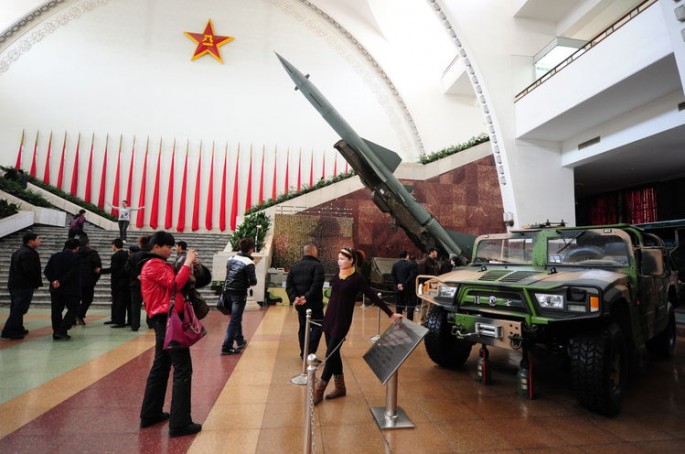China is fast becoming a major arms exporter worldwide, second only to the United States and Russia. The country's arms exports increased by 88 percent between the periods 2006-2010 and 2011-2015, Stockholm International Peace Research Institute (SIPRI) said in a report on Monday.
While other countries like the United States, Russia and Britain also witnessed an increase in their arms exports during the corresponding period, they were no match to China, the report stated. It also pointed out that arms exporting countries like Germany, France and the Netherlands suffered significant declines during this period.
According to SIPRI, Pakistan, Myanmar and Bangladesh are the major procurers of Chinese arms in the Asia-Pacific region. "All three states are neighbors of India, the leading importer of arms in the region," the report observed, adding Pakistan spent $2.9 billion on Chinese arms, while Bangladesh and Myanmar spent $1.6 billion and $1.3 billion, respectively.
Countries in the Asia-Pacific region are spending heavily on arms procurement and this trend is likely to continue, CNN reported, quoting another report published by the defense research firm IHS Jane's on Sunday. According to this report, it is expected that by 2020 countries in this region would be spending 33 percent of the entire global expenditure on arms procurement.
Interestingly, arms procurement by the Chinese military from abroad has become fewer and fewer over the past few years, as the country has developed its own arms manufacturing units. At the beginning of this century, China was considered "by far the largest importer," but now it ranks third after India and Saudi Arabia.
Noting that China still needs to purchase specific military items such as large transport aircraft and engines, the IHS Jane's report said, "China is increasingly capable of producing its own advanced weapons and has become less dependent on arms imports."
Domestic arms production is a top priority for the Chinese authorities, who have already reduced expenditure on other fields with a view to make rapid advances in weapon production. For instance, in 2009, Chinese hackers were suspected of stealing the blueprints of Lockheed Martin's F-35 Joint Strike Fighter to develop the groundwork for the country's next-generation stealth fighter jet, the J-20. In fact, the aircraft is already under production, The Fiscal Times reported.
Meanwhile, the flexing expanding military capacities of the country have resulted in tensions in the Asia-Pacific region. China is particularly embroiled in a number of territorial disputes in the South China Sea
Watch the video "China's arms exports double in five years" below:



























